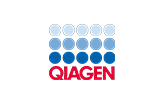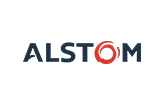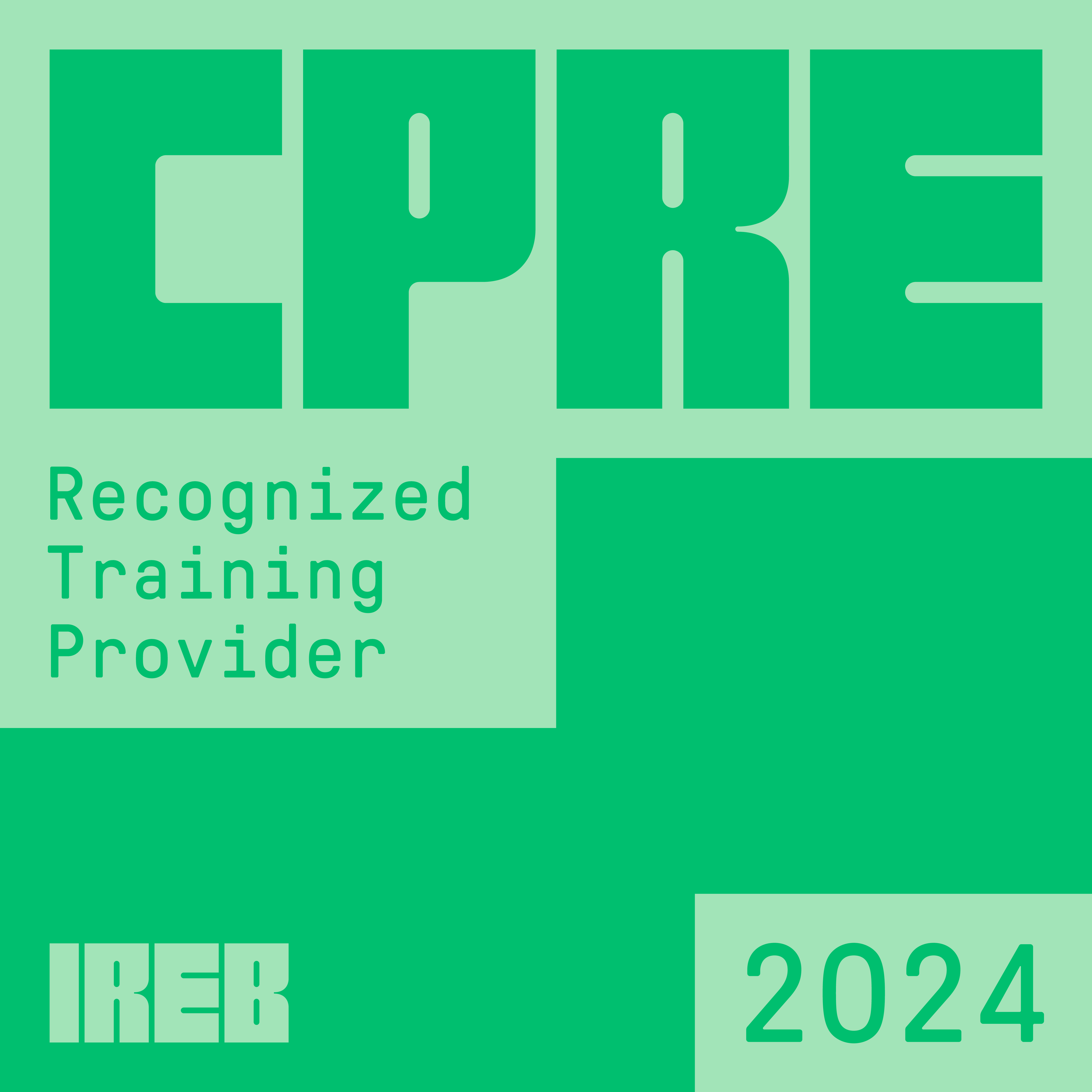Training description
The IREB CPRE Advanced Level Requirements Management training course deepens the requirements management issues introduced at the basic level of IREB certification. During the training, the participant will learn various aspects of Management, Requirements information – from establishing the structure of attributes, through version and process management.
The training is based on the IREB CPRE Advanced Level Requirements Management syllabus developed by the International Requirements Engineering Board (IREB). IREB is made up of recognized, with relevant achievements and track record, requirements engineering representatives from academia, industry and consulting.
During the training, the participant will learn the scope of knowledge required to approach the Practitioner certification exam. We will also discuss the exam formula and rules, as well as good practices for preparing for the exam – how to study, what to pay attention to when studying the source material.
Earning the IREB CPRE Advanced Level certification is an excellent investment in your career development. The certificate is internationally recognized and valid indefinitely.
Course objectives
- Familiarize participants with advanced requirements management practices according to IREB;
- Learning the principles of building a requirements information model;
- Preparing for the CPRE Advanced Level certification exam.
Topics covered
EU 1 What is Requirements Management? (L2)
EU 1.1 Definition of Requirements Management (L1)
EU 1.2 Tasks in Requirements Management (L1)
EU 1.3 Goals and benefits of Requirements Management (L2)
EU 1.4 Requirements Management Plan (L2)
EU 1.5 Relevant standards (L1)
EU 2 Requirements Information Model (L3)
EU 2.1 Fundamentals (L2)
EU 2.2 Forms of Presentation (L2)
EU 2.3 Creation of a Requirements Information Model (L3)
EU 3 Assigning Attributes and Views on Requirements (L5)
EU 3.1 Objectives of assigning attributes (L1)
EU 3.2 Use of an Attribute Scheme (L2)
EU 3.3 Designing an Attribute Schema (L3)
EU 3.4 Change Management of Attribute Schemas (L5)
EU 3.5 Goals and Types of Views (L2)
EU 3.6 Definition of Views and Risks of Views (L1)
EU 3.7 Optimizing Attribute Population and the Creation of Views (L4)
EU 4 Evaluation and Prioritization of Requirements (L3)
EU 4.1 Principles of Evaluation (L1)
EU 4.2 Prioritizing Requirements (L2)
EU 4.3 Ad-Hoc Prioritization Techniques (L3)
EU 4.3.1 Two-Criteria Classification (L3)
EU 4.3.2 100-Dollar Technique (L3)
EU 4.4 Analytical Prioritization Techniques (L3)
EU 4.5 Combination of Prioritization Techniques (L2)
EU 5 Version and Change Management (L3)
EU 5.1 Versioning of Requirements (L2)
EU 5.1.1 Version Control for Requirements and Requirement Documents (L1)
EU 5.1.2 Requirements Configuration (L2)
EU 5.1.3 Requirements Baseline (L1)
EU 5.1.4 Branching of Requirements (L2)
EU 5.2 Change Management for Requirements (L2)
EU 5.2.1 Causes, Sources and Timing of Requirement Changes (L2)
EU 5.2.2 Types of Changes to Requirements (L2)
EU 5.2.3 Analysis and Documentation of the Stability of Requirements (L2)
EU 5.3 Change Management Process (L3)
EU 6 Requirements Traceability (L3)
EU 6.1 Reasons for Requirements Traceability (L1)
EU 6.1.1 What does requirements traceability mean? (L1)
EU 6.1.2 Why Traceability of Requirements and Artifacts is Important (L1)
EU 6.2 Different Traceability Views (L2)
EU 6.3 Relationship Types for Traceability Relationships (L1)
EU 6.4 Forms of Presentation for Traceability Relationships (L3)
EU 6.4.1 Implicit and Explicit Documentation of Traceability (L3)
EU 6.4.2 Bidirectional and Unidirectional Traceability Relationships (L2)
EU 6.4.3 Forms of Presentation for Traceability Relationships (L3)
EU 6.5 Development of a Strategy for Project-Specific Traceability (L3)
EU 6.6 Creating and Using Specific Traceability Models (L3)
EU 6.6.1 A Process for Defining a Specific Traceability Model
EU 6.6.2 Using a specific traceability model
EU 6.7 Measures for the Evaluation of Implemented Traceability (L2)
EU 6.8 Challenges in the Traceability of Non-textual Artifacts (L1)
EU 7 Variant Management for Requirements (L5)
EU 7.1 Use of Variants of Requirements (L1)
EU 7.2 Forms of Explicit Documentation of Variants and their Evaluation (L5)
EU 7.3 Feature Modeling (L3)
EU 8 Reporting in Requirements Management (L3)
EU 8.1 Goals and Benefits of Reporting in Requirements Management (L1)
EU 8.2 Establishment of a Reporting System in RM (L2)
EU 8.2.1 Interfaces (L2)
EU 8.2.2 Contents of a Report (L1)
EU 8.2.3 Tips for the Development and Application of Reporting (L2)
EU 8.2.4 Report Definition Process (L2)
EU 8.3 Key Figures in Requirements Engineering (L3)
EU 8.3.1 Key Figures in Requirements Management (L1)
EU 8.3.2 Deriving Key Figures Using the Goal-Question-Metric Method (L3)
EU 8.4 Risks and Problems in Reporting (L2)
EU 9 Management of Requirements Engineering Processes (L3)
EU 9.1 Requirements Engineering as a Process (L2)
EU 9.2 Parameters of the Requirements Engineering Process (L3)
EU 9.3 Documenting the Requirements Engineering Process (L3)
EU 9.4 Monitoring and Controlling the Requirements Engineering Process (L1)
EU 9.5 Process Improvement in the Requirements Engineering Process (L3)
EU 10 Requirements Management in Agile Projects (L2)
EU 10.1 Background (L1)
EU 10.2 Requirements Management in Agile Projects (L1)
EU 10.3 Mapping RM Activities to Scrum Activities (L2)
EU 11 Use of Tools in Requirements Management (L1)
EU 11.1 Role of Tools in Requirements Management (L1)
EU 11.2 Basic Procedure for Tool Selection (L1)
EU 11.3 Data Exchange between Requirements Management Tools (L1)
Prerequisites
- Knowledge of the concepts and issues discussed in the IREB CPRE entry level syllabus;
- At least 1 year of experience in software development projects in an analyst or similar role;
- For those taking the IREB Advanced Level exam, holding the IREB CPRE Foundation Level certification.
Advantages
- Training conducted by an expert with several years of experience in the IT industry and broad knowledge of IT processes, additionally holding a binding position in the structures of the IREB organization for years;
- Theory supported by project practice – reference of discussed topics to real project situations;
- Analysis of sample exam questions with an indication of important aspects for passing the exam.
Audience
- System and business analysts, product owners, business owners, responsible for requirements and solution scope management;
- Software and system engineers;
- Individuals who are IREB CPRE certified at the entry level and plan to advance their careers in accordance with the IREB certification program.
Exam
- At the Advanced Level, certification consists of two stages – the Practitioner level and the Specialist level based on it. Each has its own exam and a separate certificate is awarded for each.
- The CPRE AL certification holder:
- is familiar with specific terminology in the area covered by the advanced level module and the CPRE glossary;
- has mastered specific techniques and me.


































